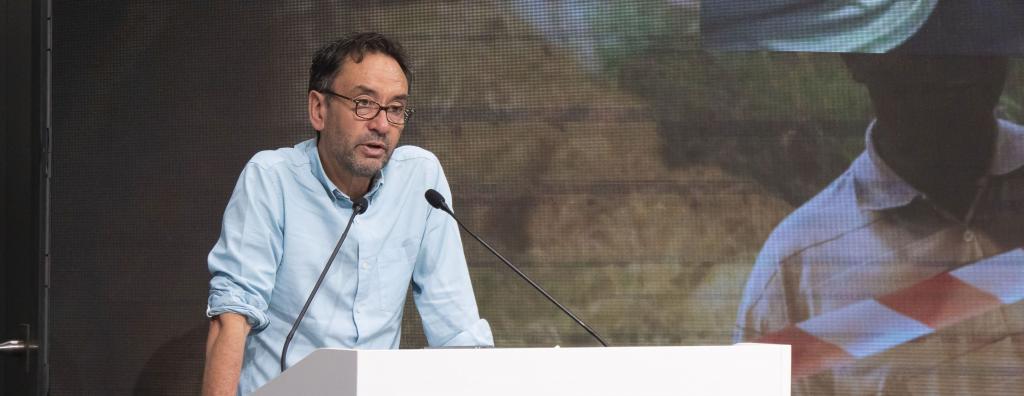I’m a bit atypical at the Graduate Institute in that my background is in medicine. I developed my approach to teaching with small groups of medical students and residents on hospital wards in Canada, where the adage “see one, do one, teach one” summarises the pedagogical style – learn by seeing, by doing, and then by teaching. This may not seem directly applicable to the kind of classroom teaching we do at the Institute. But if we think of specific academic skills that can be acquired and honed in the classroom, it is not such a stretch after all. In anthropology and social theory, students are expected to acquire knowledge – concepts, facts, etc. – as well as specific skills in reading, writing, and discussing.
“See one, do one, teach one” could be translated into “read, discuss, write”. I try and focus, particularly in the social theory course where we read difficult texts such as Marx’s Capital or Foucault’s The Order of Things, on how to read texts in social thought – superficially, closely, symptomatically – and why, when and how these different reading strategies make sense.
Similarly, I encourage students to discuss actively – what did they understand, what questions came up, how might this link to experiences they have had? This is the “doing”, learning to think through and explain ideas, testing theories for fit with experience, and beginning to use experience to develop concepts; and most importantly, listening to others as they do the same. Reading, talking and listening require careful choreography – I try and design courses around key concepts, linked together both by their intellectual genealogy and logical links: concept maps.
The incredibly diverse backgrounds of our students mean that many are initially uncomfortable with a more participatory approach, in contrast to those who have had some education in North America or the UK. This is a challenge for learning, particularly as many of our students have considerable professional experience, making them a valuable resource. At times it feels like I am trying to coax a symphony out of an orchestra composed of largely shy violinists and a few brash bassists! The key is to ensure a supportive, respectful and even playful environment in the classroom.
I adapt my course syllabi every year to take into account the lessons learned from previous years, to update readings and explore new avenues. The last fine-tuning is done when I meet the students for the first time: I explain the course objectives and teaching philosophy, ask what they want to get out of the course and what they bring to the table, and adjust the syllabus accordingly. But this is only a road map because every class offers unexpected and exciting opportunities to go off the beaten path.
This article originally appeared in Globe No. 22, Autumn 2018.


